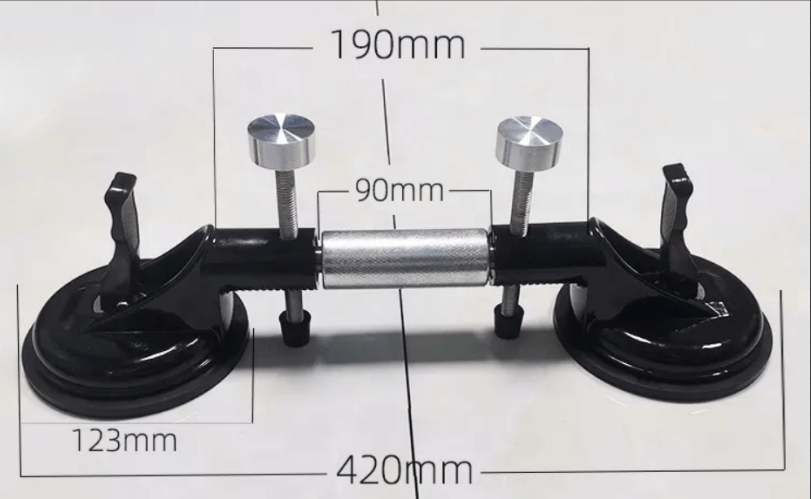Email format error
Email cannot be empty
Email already exists
6-20 characters(letters plus numbers only)
The password is inconsistent
Email format error
Email cannot be empty
Email does not exist
6-20 characters(letters plus numbers only)
The password is inconsistent



After levelling your bathroom floor, it is crucial to ensure proper waterproofing to prevent water damage and maintain the integrity of the structure. Here are some materials and techniques for waterproofing your bathroom after levelling:
Waterproof Membrane: a waterproof membrane is a thin layer of material that is applied to the surface to create a barrier against water penetration. There are different types of waterproof membranes available, such as sheet membranes, liquid membranes, and fabric membranes. Sheet membranes are typically made of PVC or rubber and are applied with adhesive. Liquid membranes are applied with a brush or roller and form a seamless coating. Fabric membranes are reinforced with fabric for added strength. Choose a waterproof membrane that is suitable for your specific needs and follow the manufacturer’s instructions for application.
Sealants: sealants are used to fill gaps and joints in the bathroom, such as around fixtures, corners, and edges. Silicone sealants are commonly used for their flexibility and water resistance. Apply sealant to areas where water may seep through, such as the junction between the floor and walls, around pipes, and along the edges of the shower or bathtub. Make sure to choose a high-quality sealant that is specifically designed for bathroom use.
Waterproofing Paint: waterproofing paint is a type of paint that contains additives to create a waterproof barrier. It is applied to the walls and floor of the bathroom to prevent water penetration. Waterproofing paint is typically used in conjunction with other waterproofing methods, such as a waterproof membrane or sealants. Follow the manufacturer’s instructions for application and ensure proper ventilation during and after painting.
Cementitious Waterproofing: cementitious waterproofing is a method that involves applying a cement-based coating to bathroom surfaces. It is a popular choice for wet areas, such as showers and bathtubs. Cementitious waterproofing provides a durable and long-lasting waterproof barrier. Mix the cementitious waterproofing product according to the manufacturer’s instructions and apply it to the prepared surface using a trowel or brush. Allow sufficient drying time before proceeding with other bathroom installations.
Proper Sloping and Drainage: ensuring proper sloping and drainage in the bathroom is essential for effective waterproofing. The floor should be sloped towards the drain to allow water to flow freely and prevent pooling. Use a level or straightedge to check the slope and make any necessary adjustments before applying waterproofing materials. Additionally, ensure that the drain is properly installed and sealed to prevent water leakage.
Precautions and Tips
When waterproofing your bathroom, it is important to pay attention to the following precautions and tips:
In conclusion, proper waterproofing is essential after levelling your bathroom floor to protect against water damage. By using suitable waterproofing materials and following the recommended techniques, you can create a watertight barrier and ensure the longevity of your bathroom. Remember to prioritise proper sloping and drainage, as well as regular maintenance, to maintain the effectiveness of the waterproofing system.